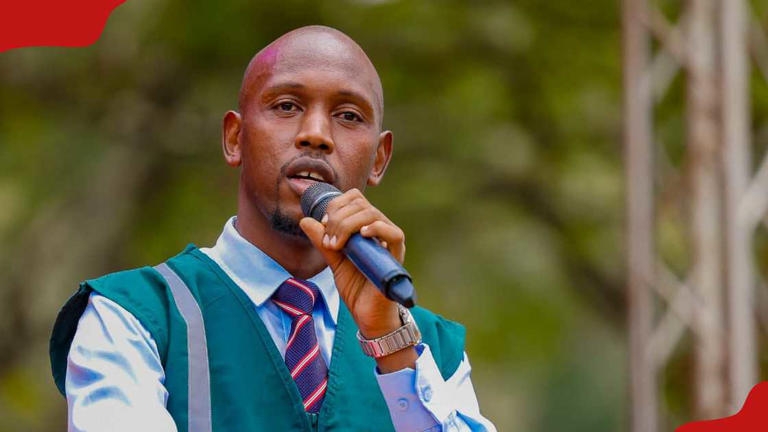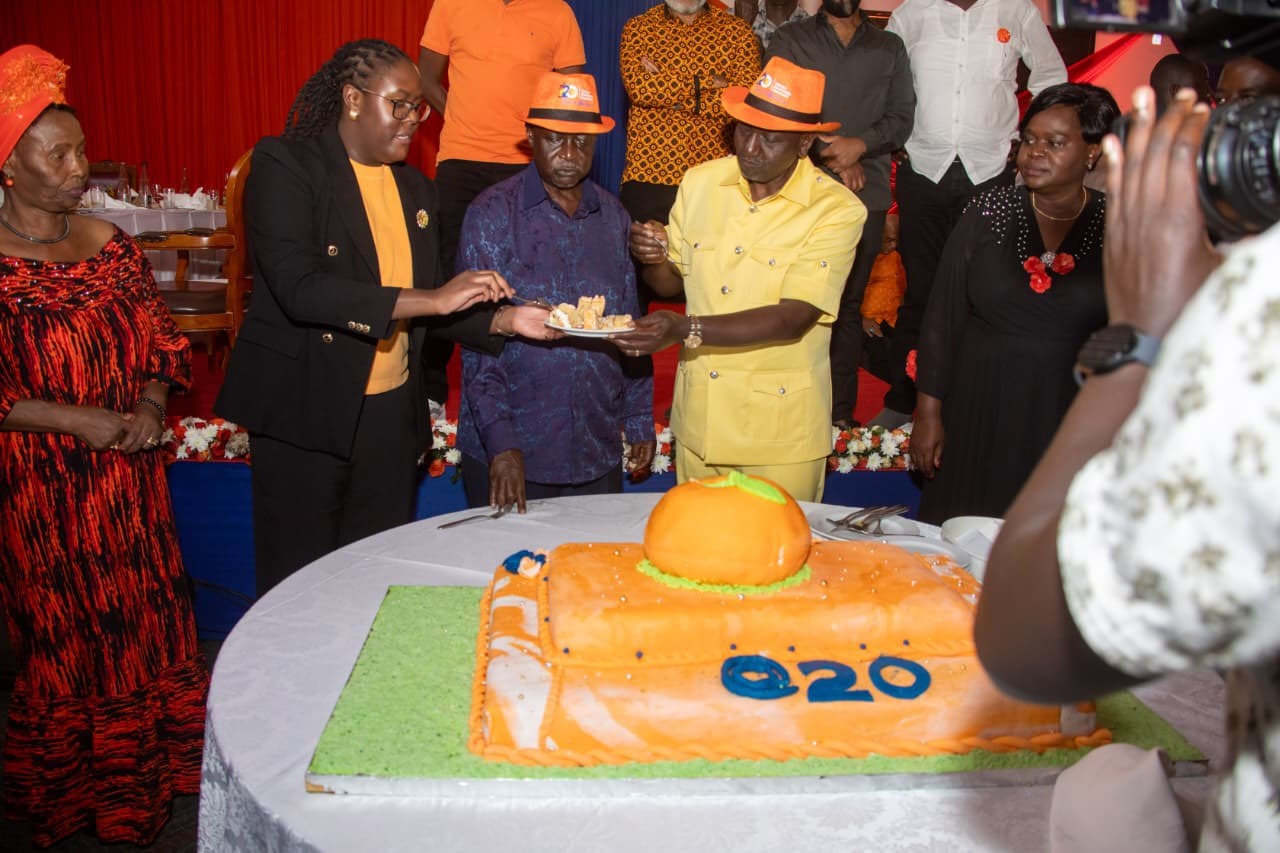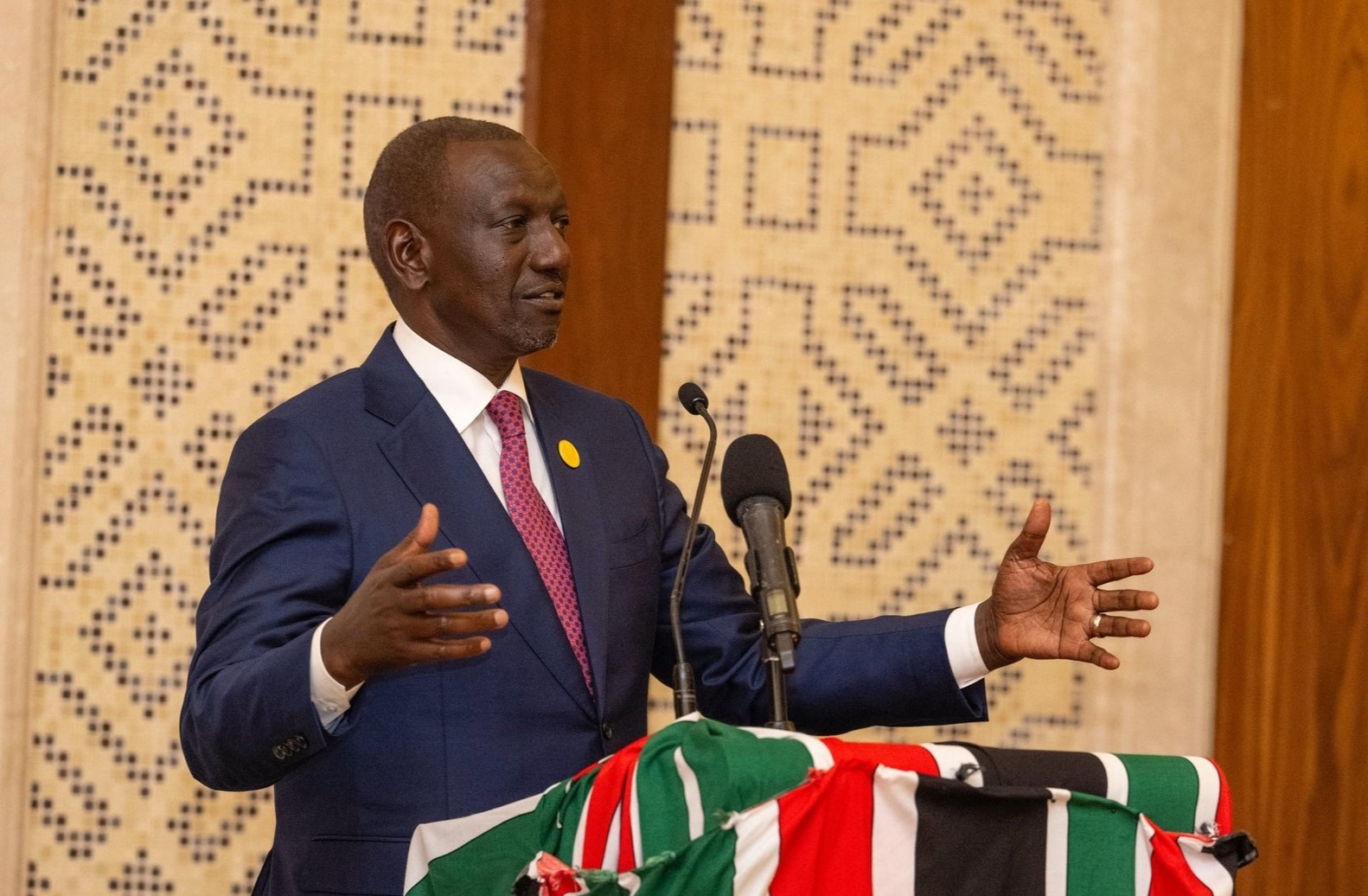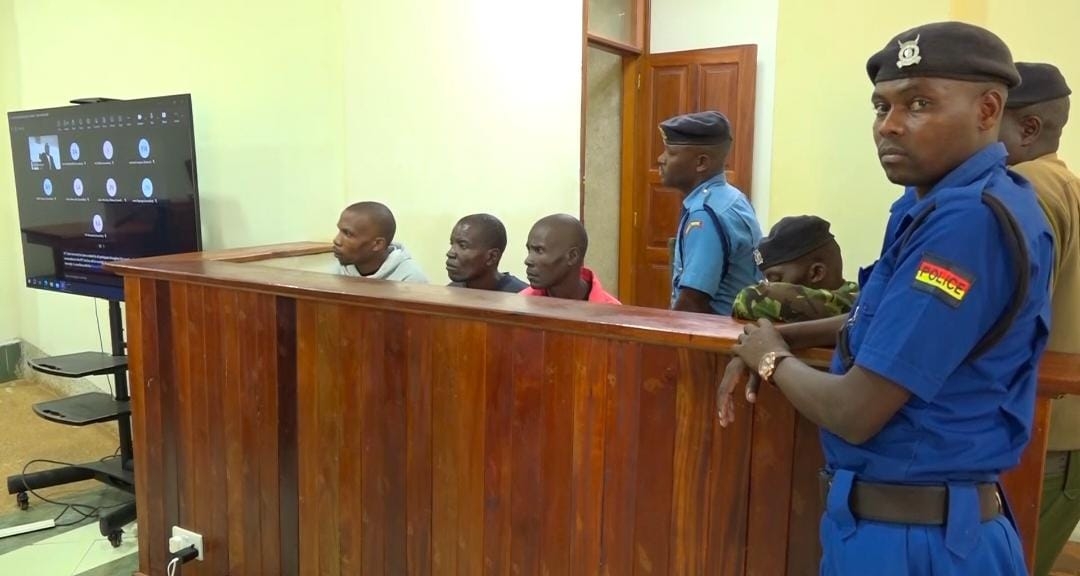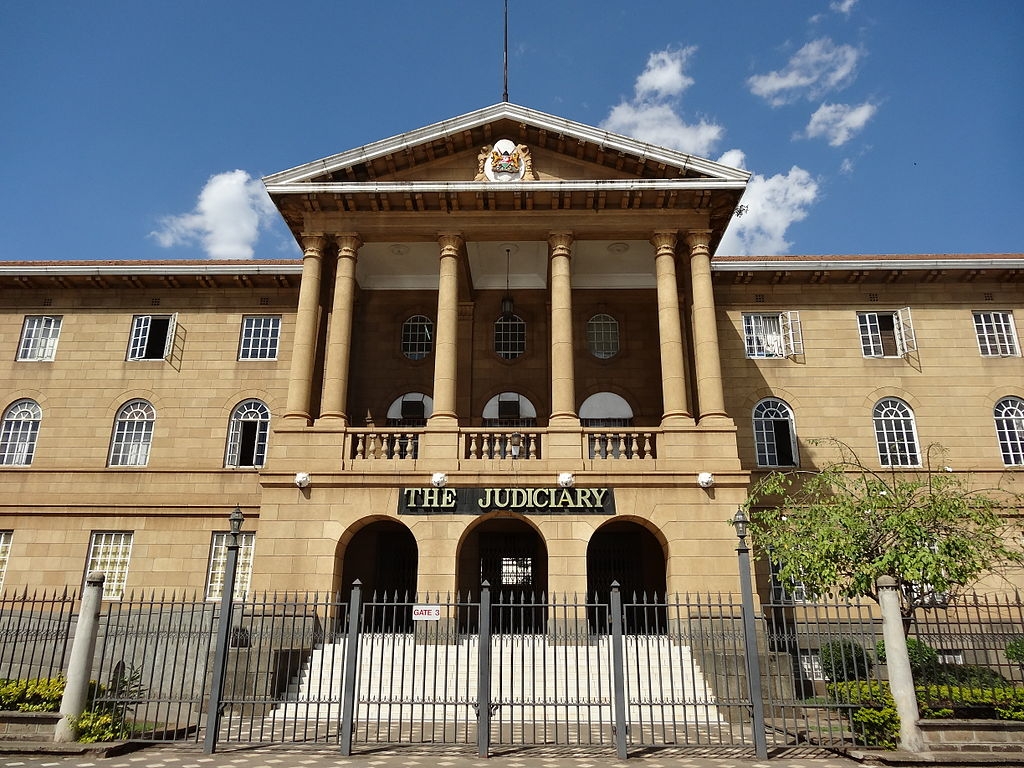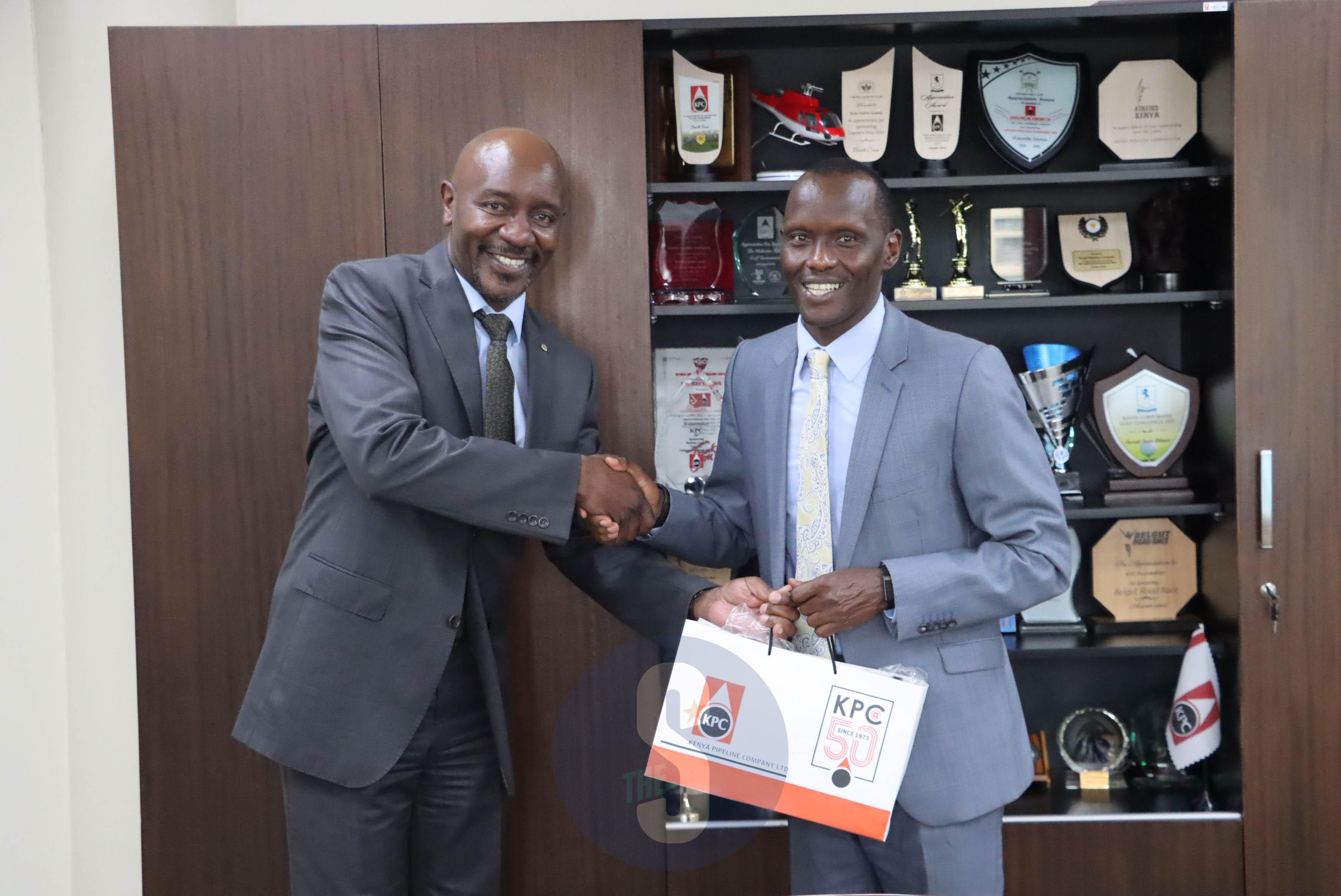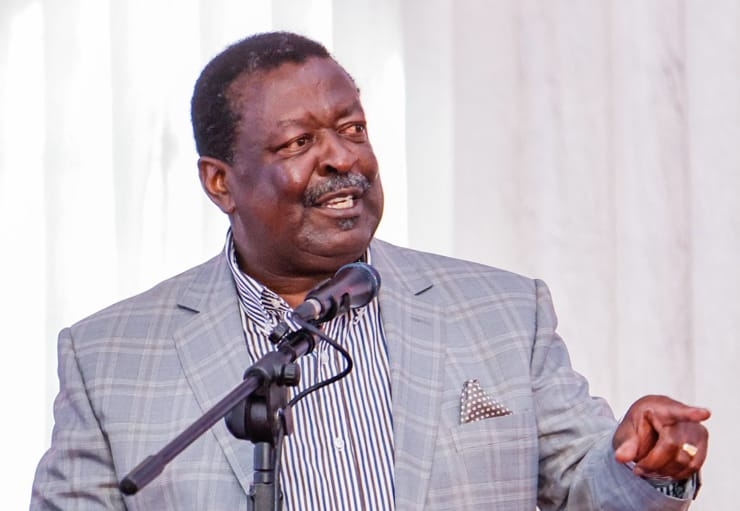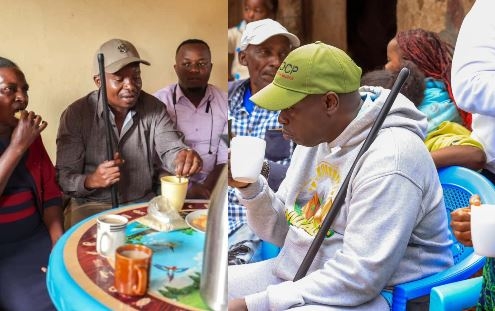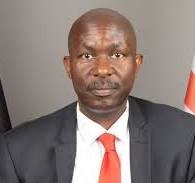The creation of Equalisation Fund in the 2010 Constitution provided for 0.5 per cent of the national government revenue to be used as a catalyst for development in historically marginalised regions.
Thirty-seven out of the 47 counties are characterised by poor infrastructure, low socioeconomic investments, poor markets and unemployment. The counties include Turkana, Marsabit, Mandera, Wajir, Garisa, Samburu and Isiolo.
The fund was thus earmarked for the construction of infrastructure such as roads, schools, hospitals, piped water systems, sewerage systems and electricity.
Marginalised regions have over time experienced inadequate infrastructure development, resulting in limited economic opportunities and enduring poverty. Although livestock is the dominant economic option, animals are kept for subsistence and other reasons like bride-wealth and social networks, and is not fully integrated into the national economy.
Other than limited funding going into these areas, the main challenge experienced by government and NGOs working in these regions has been prioritisation of the key issues to be addressed to help communities become more resilient.
To push for a transformational agenda in the areas, policymakers and development actors have over the years been engaged in designing programmes that suit the contextual realities of the region. The government has over the years continued to allocate more resources to build enabling infrastructure and by investing in socioeconomic growth, as well as tackling violent conflicts that undermine the development of the region.
From 2013 to 2024, the Commission on Revenue Allocation is said to have set aside Sh57.7 billion under the fund vote head, but there is little to show for the same on the ground due to a myriad of challenges including delayed remittances of these funds by the national government.
For the financial year 2023-24, the national government allocated Sh10.8 billion for the fund. While we laud the government for these funds, it is a drop in the ocean compared to billions of shillings that go into these regions from development organisations over the years.
Development partners working in northern Kenya have continued to review and inform interventions in these areas. Some of the emerging priority areas from programmes such the USAID-funded Cross Border Community Resilience working in Karamoja, Moyale and Mandera clusters include livelihood and employment opportunities, labour markets, natural resource management and conflict and climate issues, among others.
Successful transformation of marginalised areas requires collaboration among key stakeholders, including the Equalisation Fund advisory board, National Treasury, CRA, national and county governments and non- government agencies working in these vast regions. There's public participation to ensure a more comprehensive understanding of the needs and aspirations of the marginalised communities fosters ownership and sustainability of projects and proper use of public resources.
The constitution ushered in a transformative era of inclusive development and devolved governance which is consistent with the development and donor guiding principles of Gender Equality and Social Inclusion. It’s not just the regions we are striving to bring to some level of equality; it is the women and girls, the pastoralists and farmers in arid and semi-arid areas that we seek to help.
Therefore, all efforts must be put in place to ensure that the services from funds, as well as donor agencies, are reaching the intended beneficiaries.
Development communications consultant






